
In today's digital landscape, grocery retail is experiencing a significant transformation driven by technological advancements and evolving consumer preferences. To succeed in this competitive environment, businesses must leverage data for informed decision-making. Grocery data web scraping service has emerged as a vital tool, enabling companies to gain insights into products and store dynamics from major retailers. By web scraping grocery product data, businesses can analyze market trends, monitor competitors, and optimize inventory management. This approach allows retailers to understand customer preferences better, enhance their offerings, and tailor marketing strategies effectively. Integrating web scraping into business operations improves efficiency and provides a competitive edge by facilitating data-driven decisions that align with consumer demands. As the grocery sector evolves, businesses seek to extract grocery pricing data to navigate challenges and seize opportunities
Needs for Scraping Grocery Product, Pricing, and Insights Data from Major Retailers
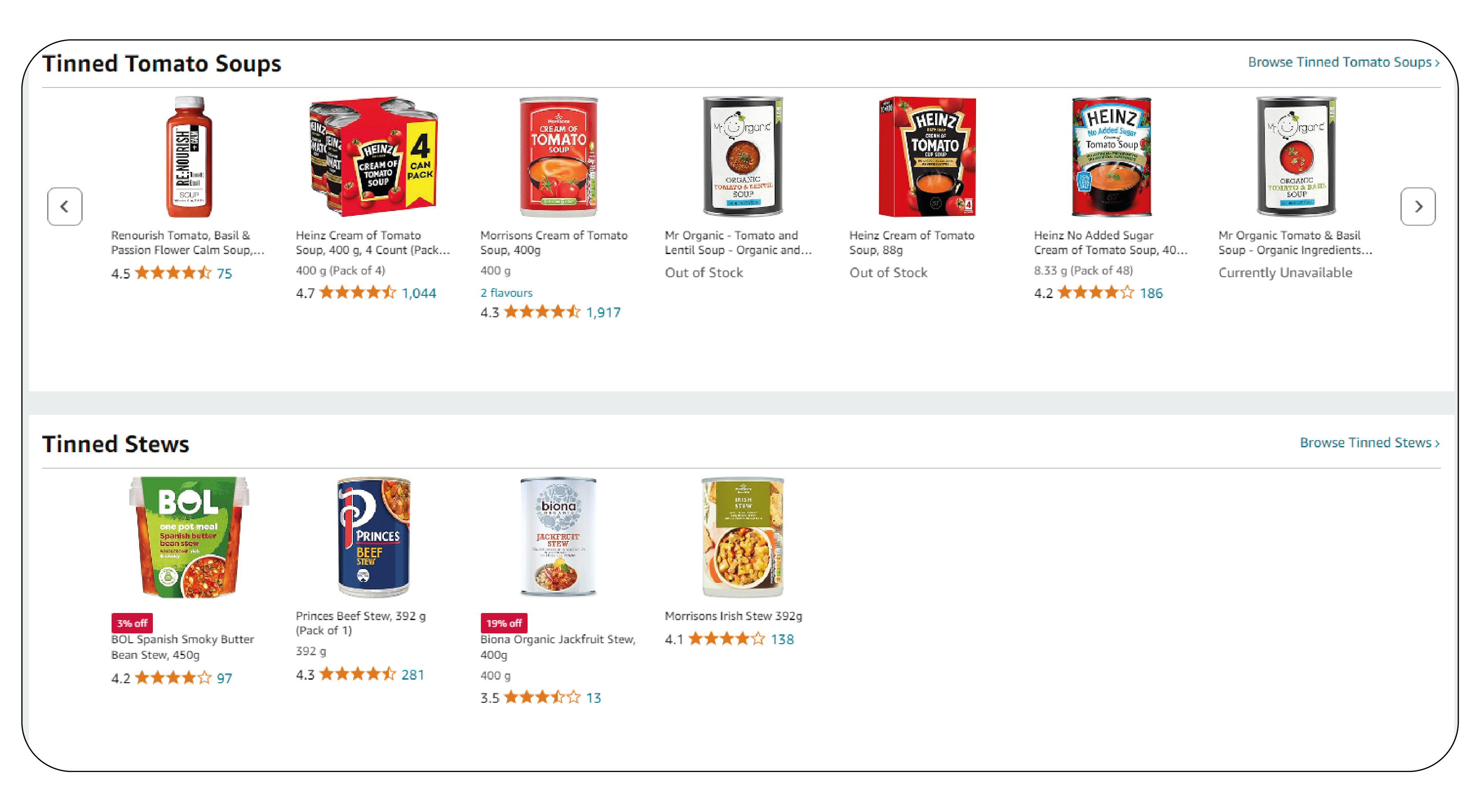
The need for accurate and timely data has never been more significant in the rapidly
evolving grocery retail landscape. Retailer grocery data extraction is essential for
businesses aiming to stay competitive. By scraping grocery products, pricing, and insights
data from major retailers, companies can comprehensively understand market trends,
consumer preferences, and competitor strategies.
Web scraping grocery product listings allows retailers to monitor product availability,
identify popular items, and understand pricing dynamics. This information is critical for
optimizing inventory management, ensuring businesses meet customer demands while
minimizing excess stock. Furthermore, leveraging grocery inventory data collection enables
retailers to analyze which products are trending, facilitating informed decisions on new
product introductions or discontinuations.
In addition, businesses can use the insights from scraped data to tailor marketing
campaigns, implement dynamic pricing strategies, and enhance overall customer
experiences. As consumer behavior shifts, accessing real-time data from significant retailers
provides a competitive advantage that drives sales and improves customer loyalty. Effective
grocery data scraping is not just a trend; it's necessary for retailers looking to thrive in a
complex and fast-paced market.
Importance of Grocery Data
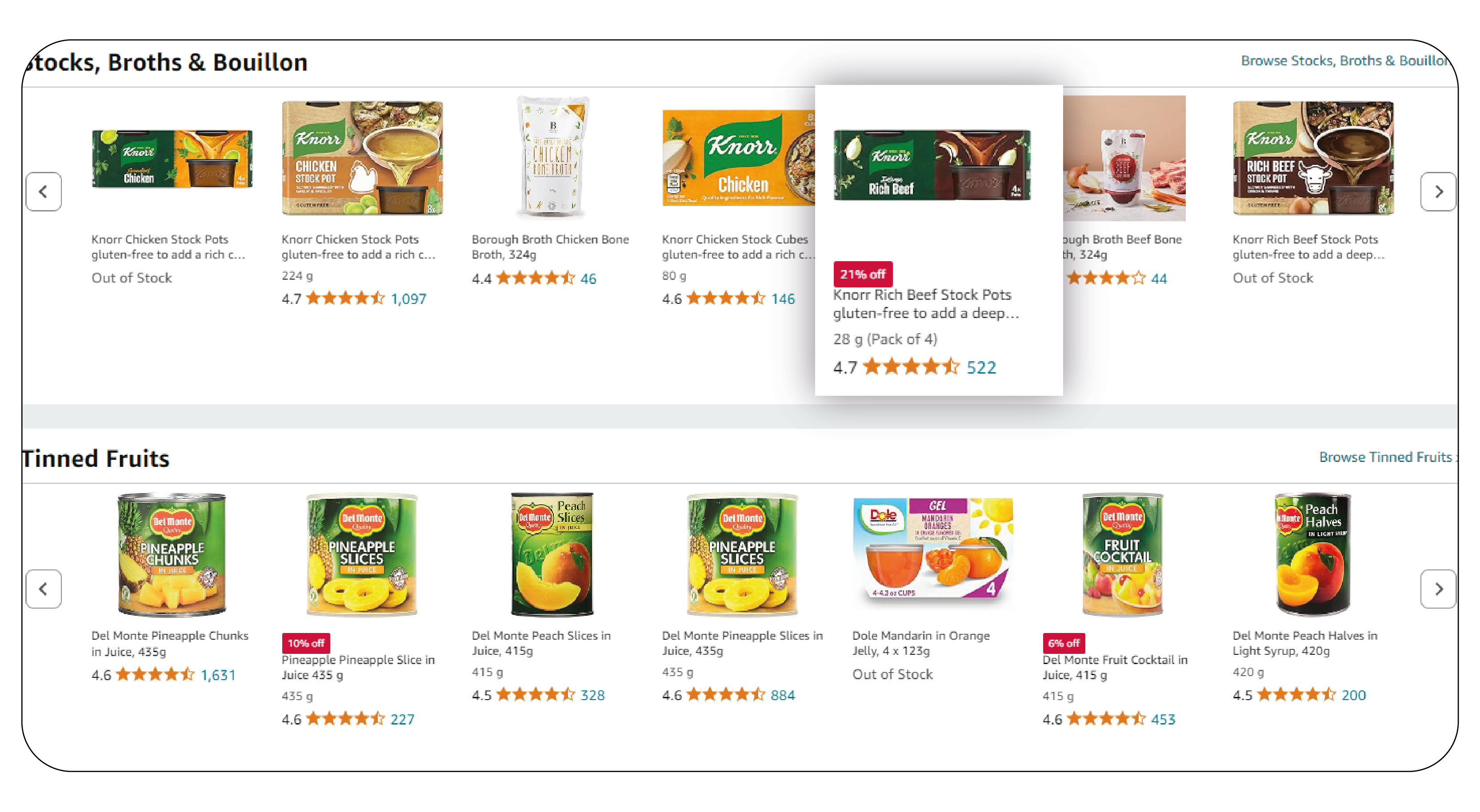
Data has become the new currency in grocery retail, crucial for making informed business
decisions. The insights from product data extraction from grocery stores empower retailers
to understand various market facets, enabling them to thrive in a competitive environment.
Here's how grocery data plays a pivotal role in business strategy:
1. Consumer Insights: By analyzing shopping patterns, preferences, and behaviors,
retailers can tailor their product offerings and marketing efforts to align more closely
with consumer demands. By utilizing a grocery store web scraping service,
companies can gather real-time data on consumer interactions, such as purchase
frequency and preferred brands, optimizing their inventory and promotional
strategies effectively.
2. Competitive Analysis: Monitoring competitors' pricing, promotions, and product
assortments is vital for maintaining a competitive edge. Price monitoring services
enable retailers to track competitor pricing and promotional tactics changes, helping
them adapt their strategies to attract more customers.
3. Inventory Management: Efficient inventory management relies on understanding
stock levels, turnover rates, and product availability. By employing a grocery data
collection service, businesses can receive real-time updates on inventory levels
across various products, allowing them to reduce wastage and ensure popular items
are always in stock.
4. Market Trends: Strategic planning requires keeping tabs on market trends, such as
emerging products, dietary preferences, and seasonal changes. By leveraging data
scraping techniques, retailers can monitor these trends and adjust their offerings
and marketing campaigns accordingly, ensuring they meet consumer needs and
maximize sales opportunities.
In summary, the effective use of grocery data is essential for retailers looking to enhance
their operations, better understand their customers, and stay ahead of the competition in
the ever-evolving grocery landscape.
Applications of Web Scraping for Grocery Data
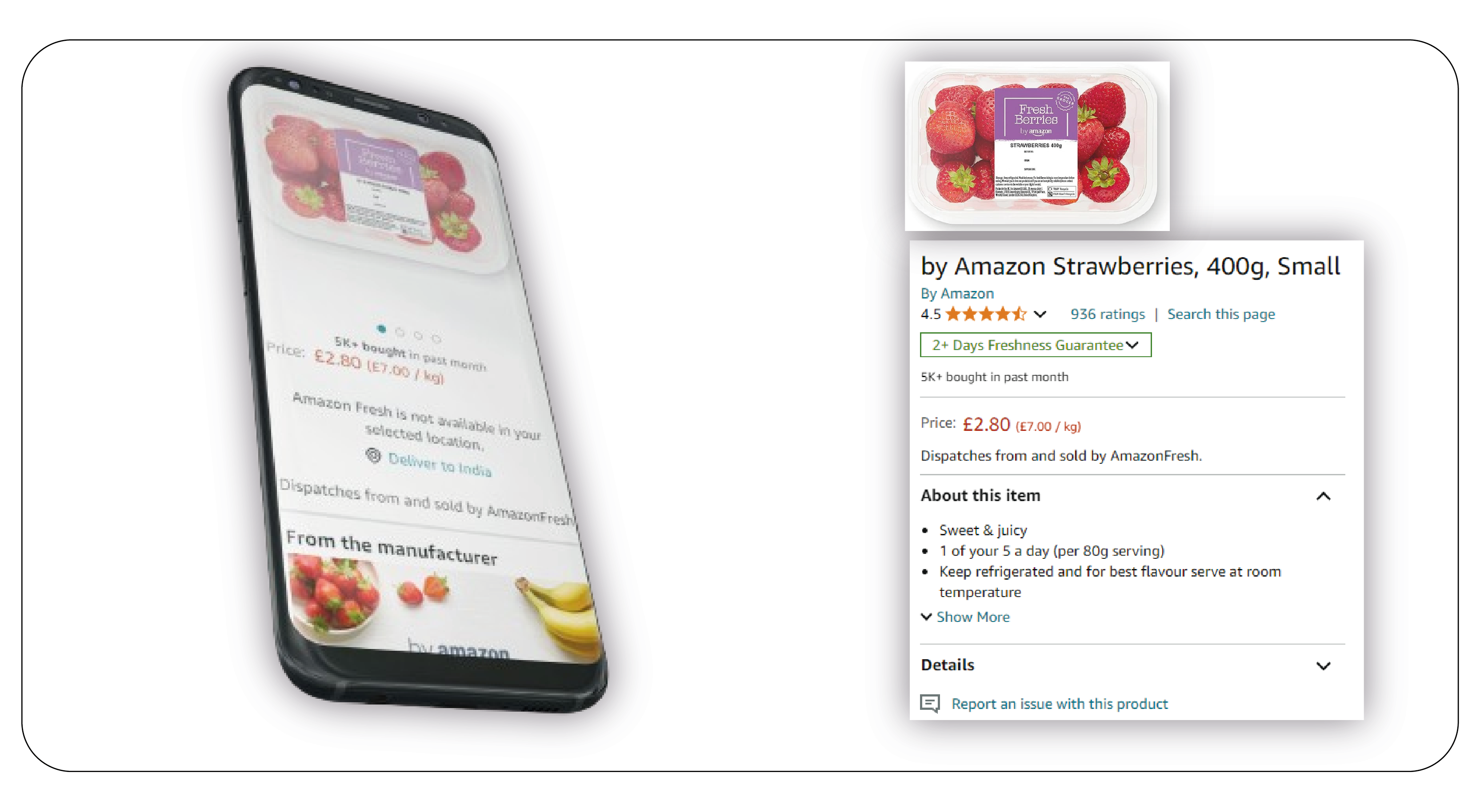
Web scraping for grocery data encompasses various applications catering to different
business needs. Here are some prominent use cases:
1. Product Data Extraction: Retailers can scrape information about various products,
including names, descriptions, images, and specifications. This data helps create
comprehensive product catalogs and enhances customers' online shopping
experience.
2. Pricing Analysis: Scraping pricing data from competitors enables retailers to
understand market dynamics and adjust their pricing strategies accordingly. This
analysis can help identify competitive pricing, seasonal discounts, and promotional
offers.
4. Customer Sentiment Analysis: Retailers can gauge customer sentiment towards
their products and services by scraping reviews and ratings from online grocery
platforms. This feedback is crucial for improving product offerings and customer
service.
5. Nutritional Information: Scraping nutritional data from grocery websites allows
health-conscious consumers to make informed decisions. Retailers can use this
information to promote healthier options and cater to specific dietary needs.
Benefits of Web Scraping for Grocery Data
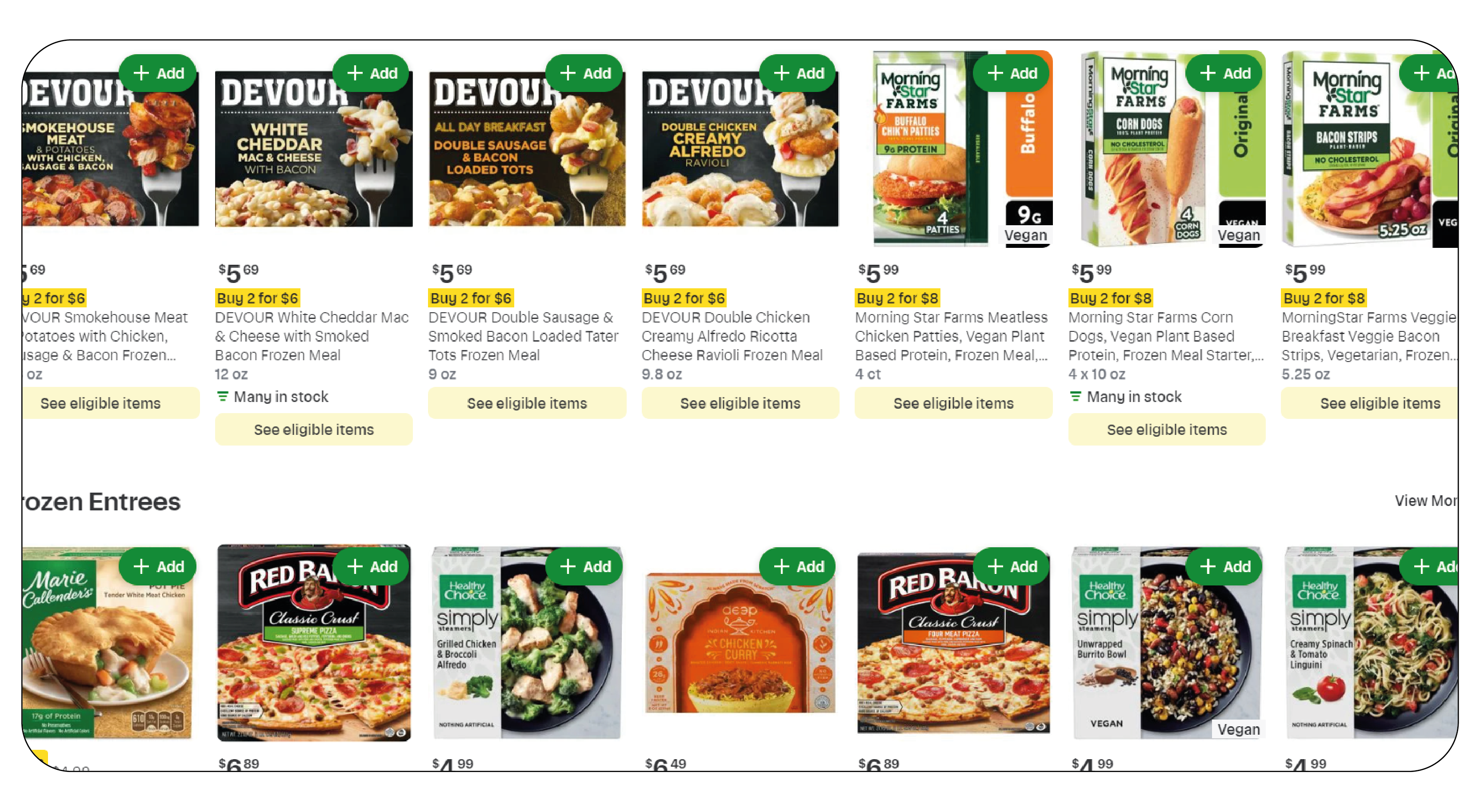
Web scraping offers numerous advantages to businesses in the grocery sector, making it an
essential tool for data-driven decision-making. Here are some key benefits:
1. Cost-Effective Data Collection: Web scraping automates data collection, significantly
reducing labor costs compared to traditional methods.
2. Real-Time Insights: Scraping data in real-time enables businesses to stay updated on
market changes, consumer preferences, and competitor activities.
3. Comprehensive Data Coverage: Web scraping allows businesses to gather data from
multiple sources, providing a holistic view of the market and enhancing competitive
intelligence.
4. Customization: Web scraping tools can be tailored to collect specific data points,
allowing businesses to emphasize on the information most relevant to their needs.
5. Enhanced Decision-Making:Access to accurate and up-to-date data empowers
businesses to make informed decisions regarding product offerings, pricing
strategies, and marketing campaigns.
Challenges in Web Scraping for Grocery Data

While web scraping offers significant benefits, it also comes with challenges. Some of the
key challenges include:
1. Legal and Ethical Considerations: Scraping data from websites without permission
can lead to legal issues. Businesses must ensure compliance with terms of service
and copyright laws when scraping data.
2. Data Quality and Accuracy: The accuracy of scraped data is crucial for effective
decision-making. Inaccurate or outdated information can lead to poor business
choices.
3. Technical Challenges: Websites often employ anti-scraping measures, such as
CAPTCHA, IP blocking, and dynamic content loading, making it difficult to extract
data.
4. Data Volume Management: The sheer volume of data collected through scraping
can be overwhelming. Businesses need effective data management strategies to
handle and analyze this information.
5. Frequent Website Changes: Websites may frequently update layouts or structures,
breaking scraping scripts and requiring continuous maintenance and adjustments.
Future Trends in Grocery Data Scraping
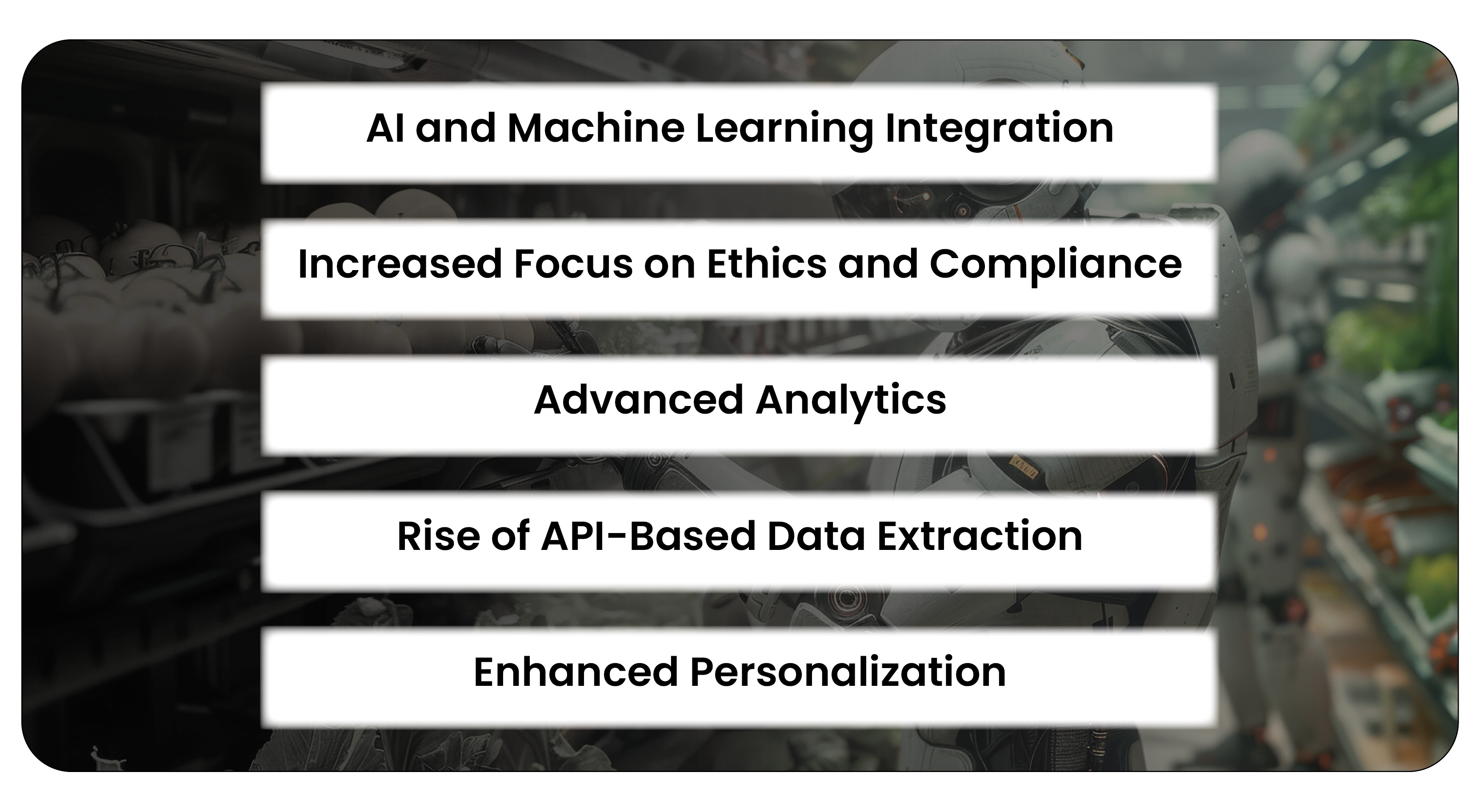
As technology continues to evolve, the future of grocery data scraping looks promising. Here
are some emerging trends that are likely to shape the landscape:
1. AI and Machine Learning Integration:Incorporating AI and machine learning
algorithms in web scraping tools can enhance data extraction accuracy, automate
data cleaning processes, and provide deeper insights.
2. Increased Focus on Ethics and Compliance: As awareness of data privacy issues
grows, businesses must prioritize ethical scraping practices and compliance with
legal regulations.
3. Advanced Analytics: Combining web scraping with advanced analytics tools will
enable businesses to derive actionable insights from large datasets, improving
decision-making processes.
4. Rise of API-Based Data Extraction: Many retailers are moving towards offering APIs
for data extraction, making it easier and more compliant for businesses to access
product and pricing information.
5. Enhanced Personalization: Scraping consumer behavior data will lead to more
personalized marketing strategies, allowing retailers to tailor promotions and
product recommendations to individual preferences.
Conclusion:
Web scraping for grocery data web scraping service has emerged as a powerful
tool for businesses seeking a competitive edge in the rapidly evolving retail landscape.
Retailers can make informed decisions that drive growth and enhance customer satisfaction
by extracting valuable insights related to products, pricing strategy, and store dynamics.
While challenges exist, the benefits of web scraping far outweigh the drawbacks, and with
the right strategies in place, businesses can leverage this technology to stay ahead of the
competition. As the industry continues to evolve, embracing web scraping will be essential
for retailers aiming to thrive in the digital age.
At Product Data Scrape, we strongly emphasize ethical practices across all our services, including
Competitor Price Monitoring and Mobile App Data Scraping. Our commitment to transparency and
integrity is at the heart of everything we do. With a global presence and a focus on personalized
solutions, we aim to exceed client expectations and drive success in data analytics. Our dedication to
ethical principles ensures that our operations are both responsible and effective.























.webp)
.webp)

.webp)